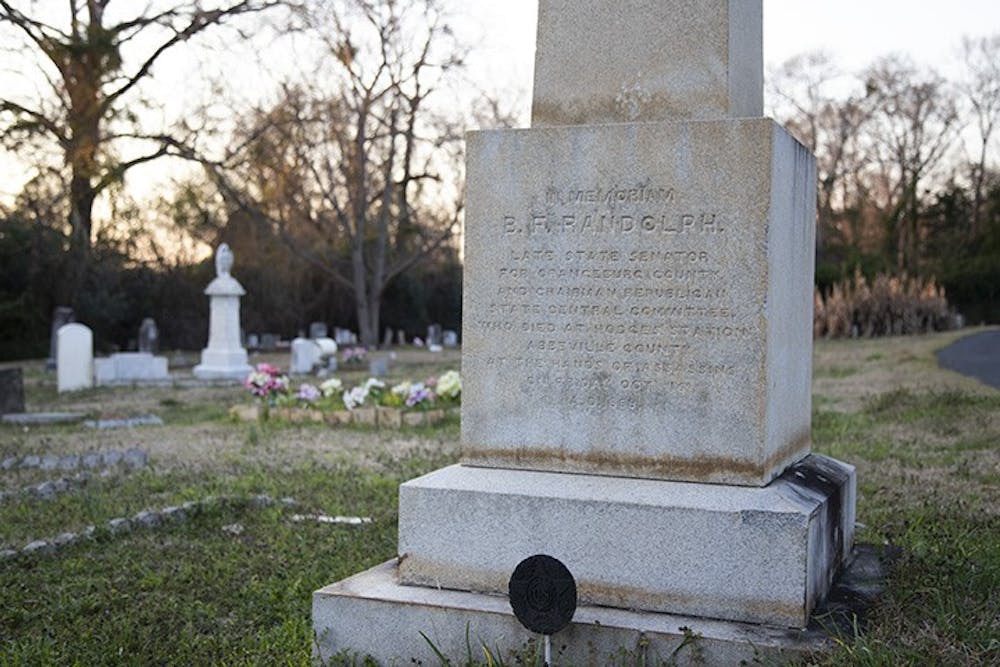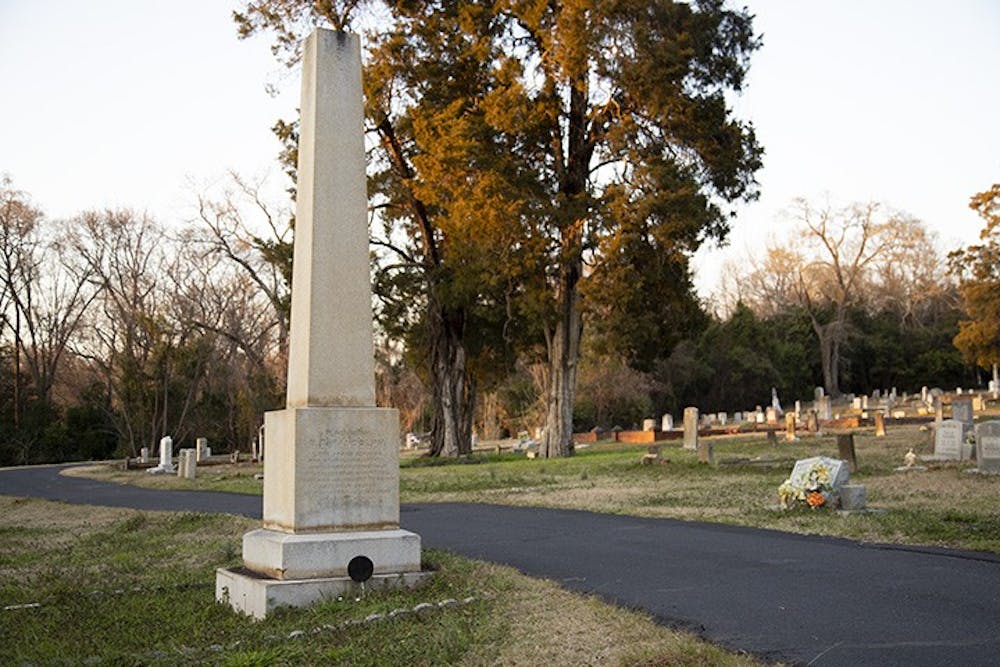Columbia is home to a number of important historic Black landmarks — at least 43, by Historic Columbia's count — but not all of them are still standing today.
Many were lost to a push for urban renewal that began in the 1950s, according to Historic Columbia's director of research Katharine Allen, and many were located in historically segregated areas, which tended to show more neglect.
"Decades ago, there were so many sites across the city that you could point to and say, 'That's where [Black newspaper] The Lighthouse and Informer was printed,' or, 'That's where ... Judge Matthew J. Perry lived," Allen said. "So many of those places are gone now, and so we have just a few sites, like the Simkins house, that embody all of these amazing things that so many civil rights activists did."
Here are just a few locations to get to know, all of which are still standing today:
Modjeska Monteith Simkins House
Located just off Elmwood Avenue and outside of the BullStreet District, this one-story cottage was home to one of the city’s greatest civil rights activists of the 20th century. Modjeska Monteith Simkins is known for her work in public health — she was South Carolina's only full-time, statewide Black public health employee at the time — and was a founding member of the South Carolina chapter of the NAACP, for which she would serve as secretary for 16 years.

Simkins “was the matriarch of the Civil Rights Movement in South Carolina,” according to the National Park Service's website. Her home became a hub for civil rights activists, including figures such as Supreme Court Justice Thurgood Marshall.
"He stayed at her home, and that was where they strategized these major court cases," Allen said, referencing Briggs v. Elliott, which would play a role in desegregating the public school system. "It's just so rare that these sites managed to survive to today."
Historic Columbia offers tours of the site, but COVID has temporarily halted indoor activities. The organization continues to offer virtual and outdoor tours.
Randolph Cemetery
Columbia's first formal Black cemetery was established in 1871, following the assassination of Senator Benjamin Randolph three years prior. Named in Randolph's honor, the cemetery was founded by 19 local Black legislators and businessmen to "establish a respectable place for burial for blacks in Columbia," according to the cemetery's website.
Randolph was born free in Kentucky before moving to South Carolina during the Civil War. He was elected to represent Orangeburg as a state senator in 1868 and played a role in granting Black men and non-property-owning white men the right to vote in the state. At least a dozen Reconstruction-era legislators are buried at Randolph Cemetery, including Randolph himself.

"There was so much sacrifice during that period," said Amy Moore, principal planner for historic preservation for the city of Columbia. "As more people understand the history of the Black experience nationwide, but also in Columbia, I think cemeteries like this become more and more important as a place to go to."
The cemetery's condition declined in the 20th century as family members of the deceased moved north and the plots became overgrown. After nearly being cleared out in 1959, the cemetery saw a renewed interest in its preservation. Today, the site is preserved by a locally funded task force and listed on the National Register of Historic Places.
Zion Baptist Church
Columbia's Black community founded Zion Baptist Church in 1865 under the leadership of Reverend Frank Dobbins. The church became a gathering place for civil rights meetings. Groups such as the Progressive Democrats and the South Carolina NAACP met here, and nearly 200 people gathered at the church in 1961 for "Columbia's largest peaceful demonstration against segregation," according to Historic Columbia.

“I'm humbled to be a part of such rich history," senior pastor M. Andrew Davis said. "A lot has fallen upon me that I am to continue to lead the congregation in terms of social justice.”
The German Gothic structure standing today is not the original structure. A wooden building stood for more than 40 years before fundraising efforts allowed for the construction of a new church to meet the needs of a growing congregation.
"It has not stopped," Davis said. "There's still work to do."

